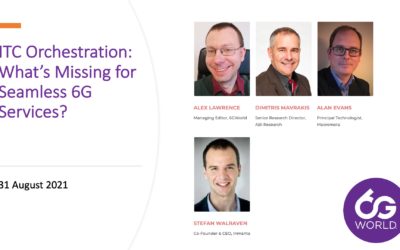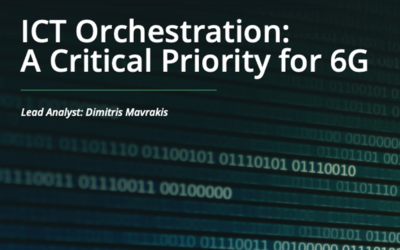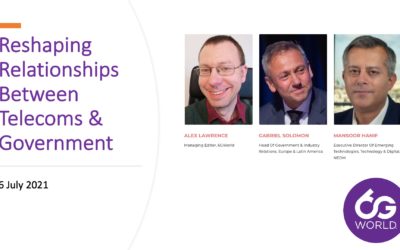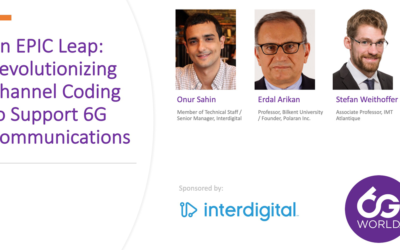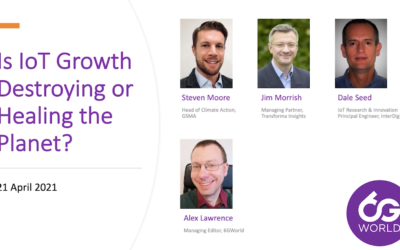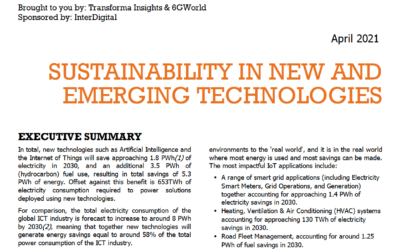In this unique interview with 6GWorld Piotr Pietrzyk, founder of 5G Courses and 6G Academy, discusses the changing nature of the knowledge environment; skills shortages; and the new world of work and employment as we head towards 6G.
ICT Orchestration – What’s Missing for Seamless 6G Services?
Creating a seamless and simple experience for the user is going to require an impressive amount of orchestration across different domains. Is this a reasonable ask for the industry today? If not, what would it take to reach that level of orchestration in time for 6G?
ICT Orchestration: A Critical Priority for 6G
The white paper is a must-read for anyone interested in being able to deliver seamless services to customers and grow the opportunity for networks to be more than a dumb pipe for enterprises.
Reshaping Relationships Between Telecoms & Government
Featuring insights from multiple continents, join experts at the cutting edge of negotiating these relationships as we explore the changes taking place today and the implications for the decade ahead.
Operating and Monetising in a New Network Reality
This webinar explores the change that telecoms networks are undergoing today and the implications for how both service providers and users survive and thrive in future.
An EPIC Leap: Revolutionizing Channel Coding to Support 6G Communications
Join a selection of EPIC project leaders as they detail the importance of FEC algorithms for future Terahertz communication and engage in discussion around the implementation challenges and eventual use cases enabled by this project.
Is IoT Growth Destroying Or Healing The Planet?
Drawing on research from IoT specialists Transforma Insights, this webinar explores the effect different kinds of connected devices are having not just on industries’ bottom line, but also on their sustainability. We also explore how other emerging technologies such as AI and Blockchain feed into the equation.
Sustainability in New and Emerging Technologies
The vast bulk of the savings are related to IoT-enabled applications, which together account for in excess of 95% of both electricity and fuel saved. This is due to the fact that IoT represents the interface of new technological environments to the ‘real world’, and it is in the real world where most energy is used and most savings can be made.
6G Security: What We Know & What Comes Next
Based on key issues, this conversation will be a chance for our distinguished panel of experts to pick out the most important elements to explore in more detail, add their insights and take your questions.


